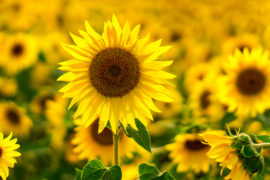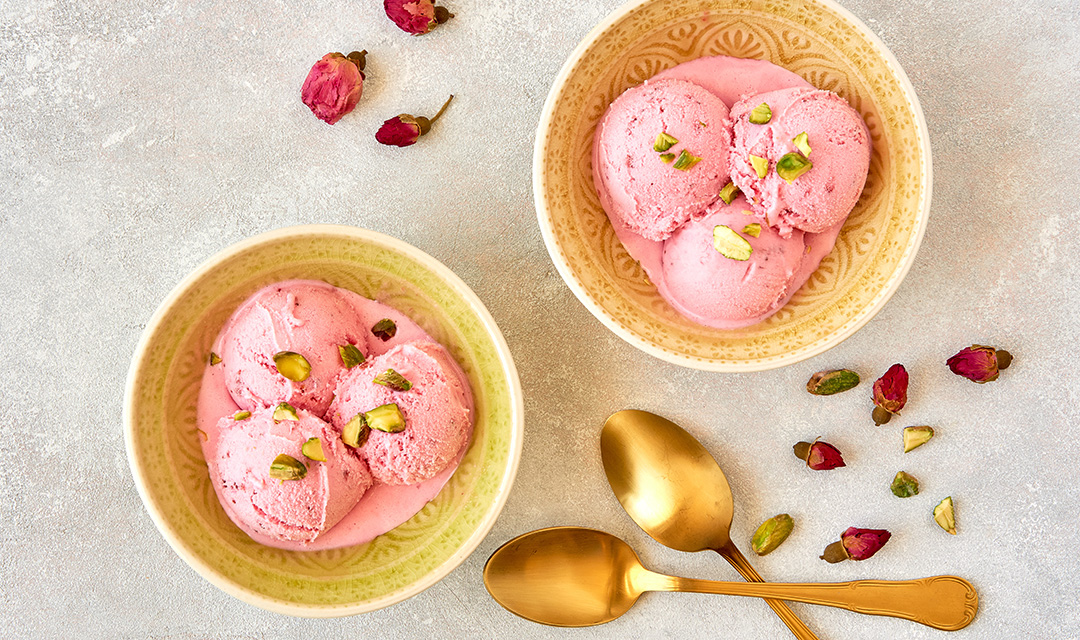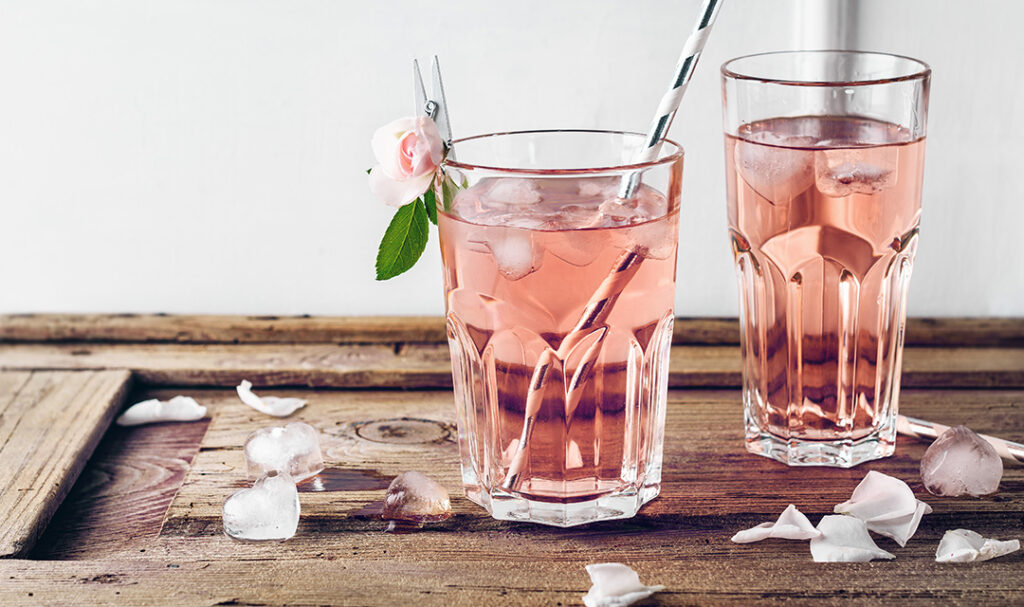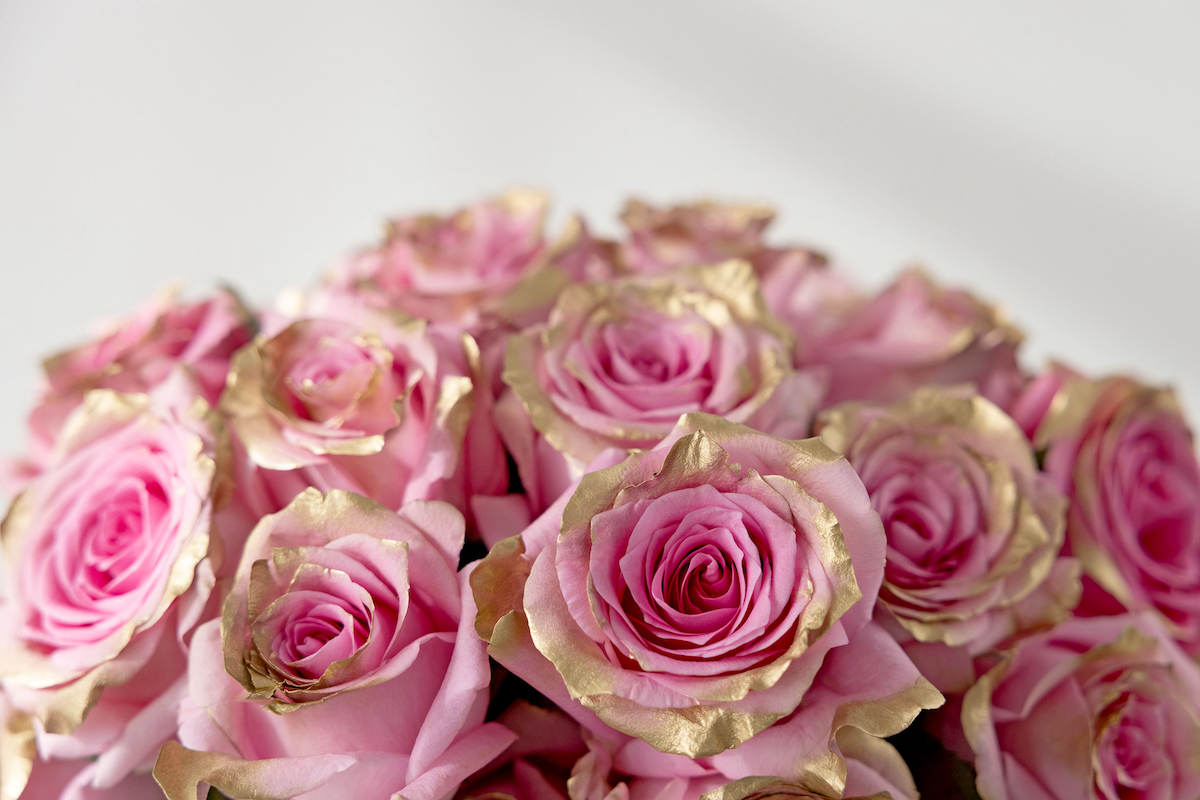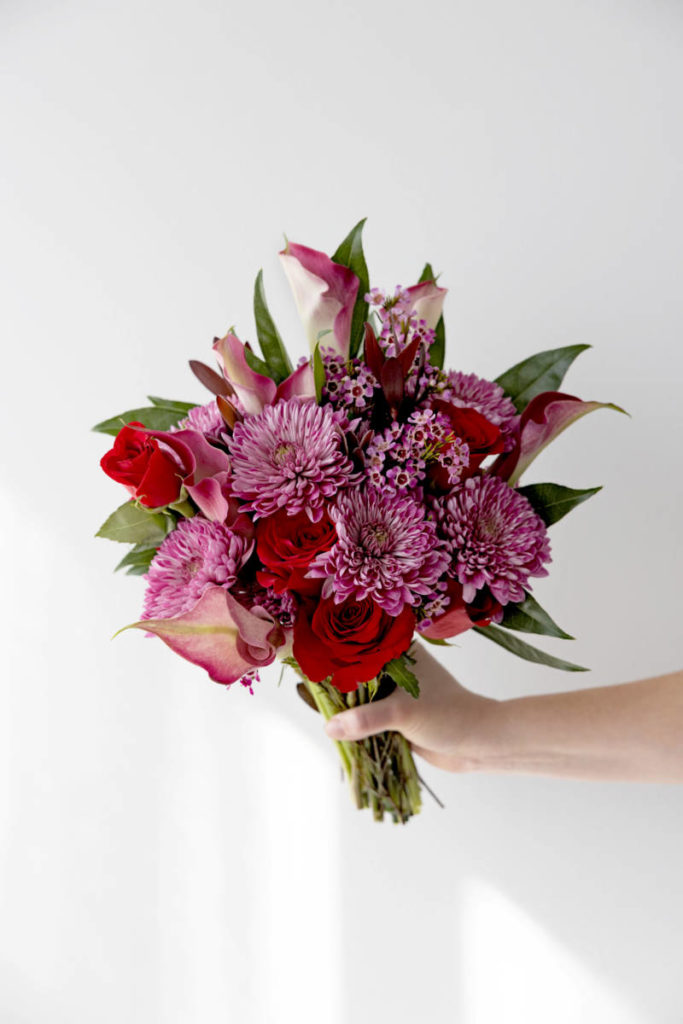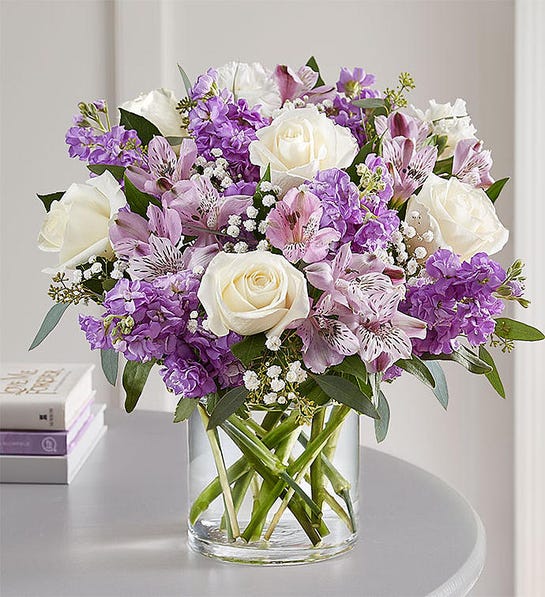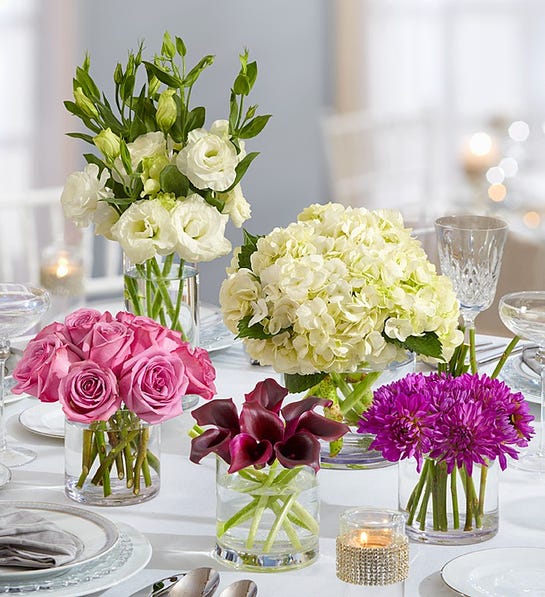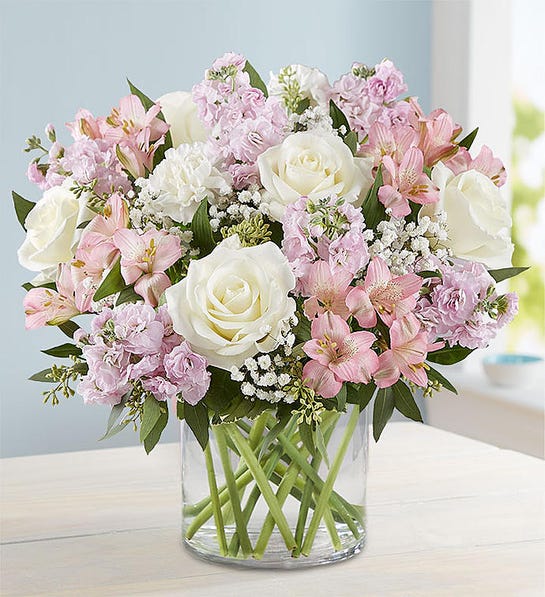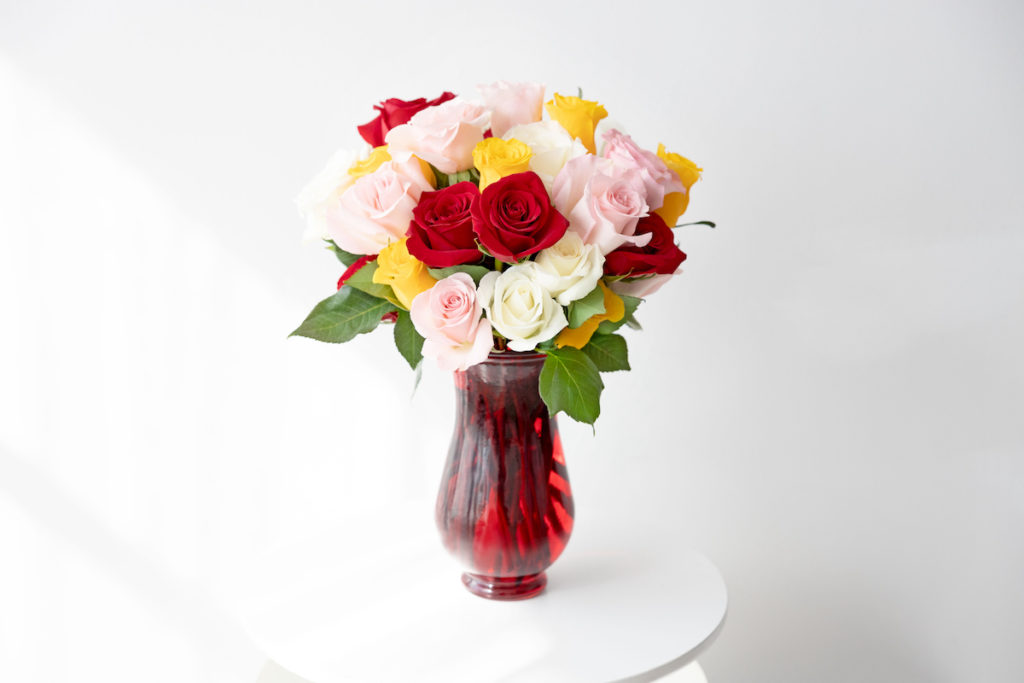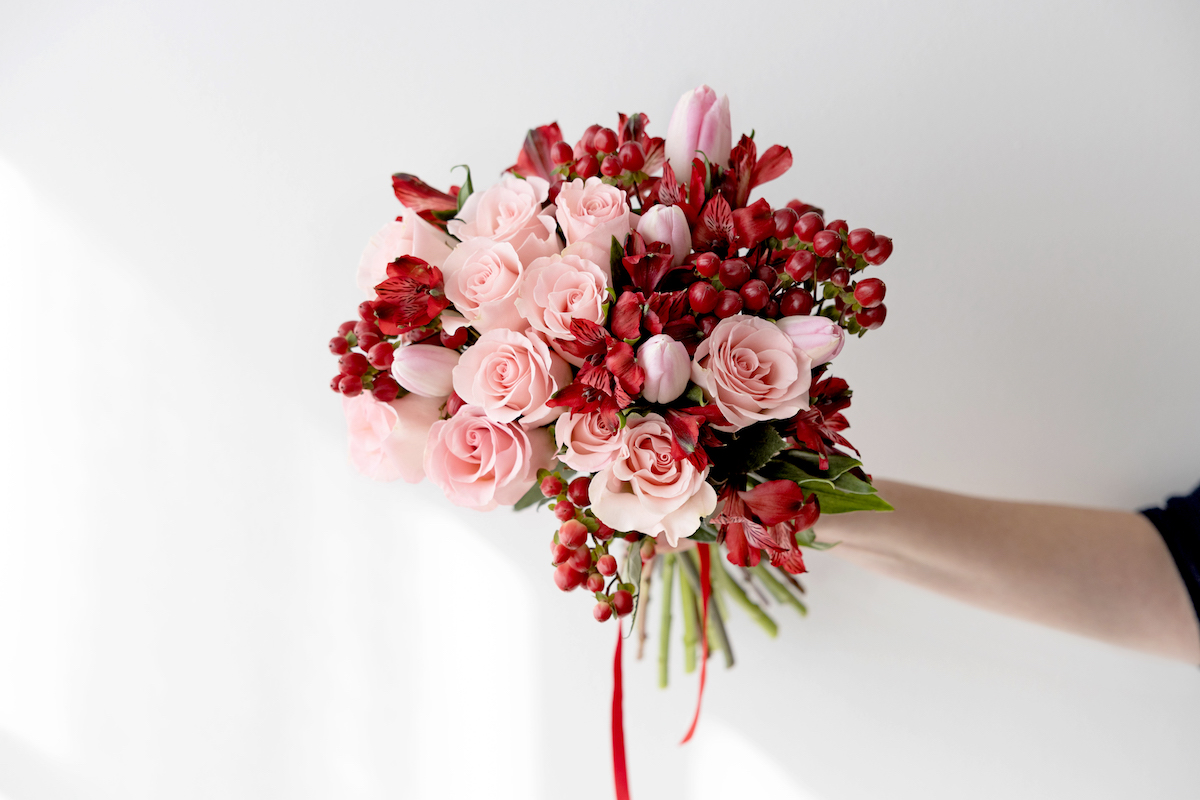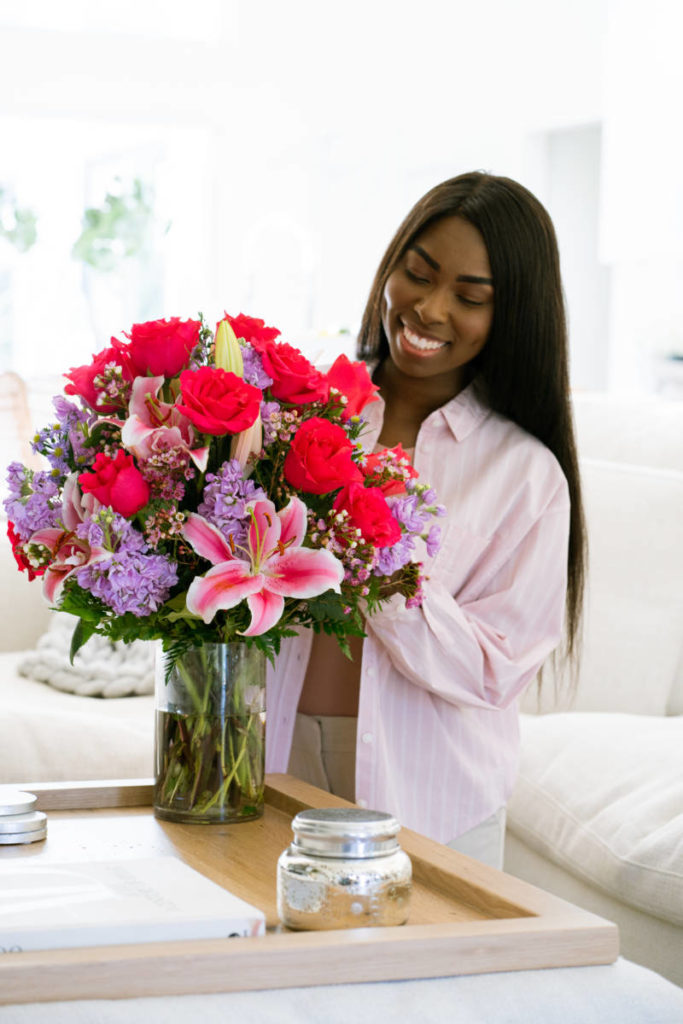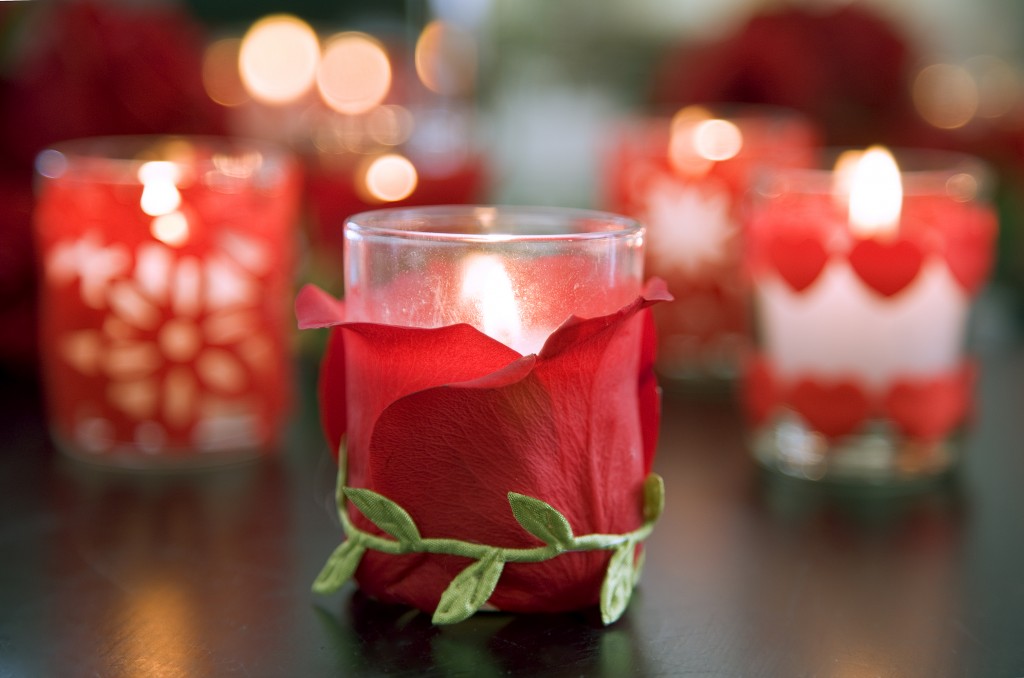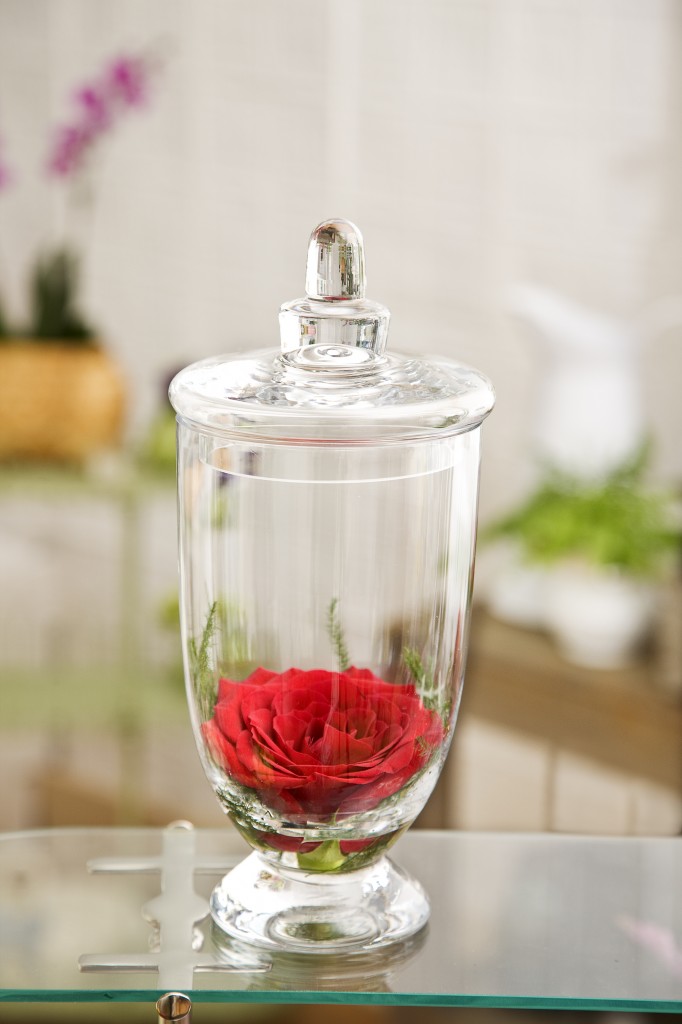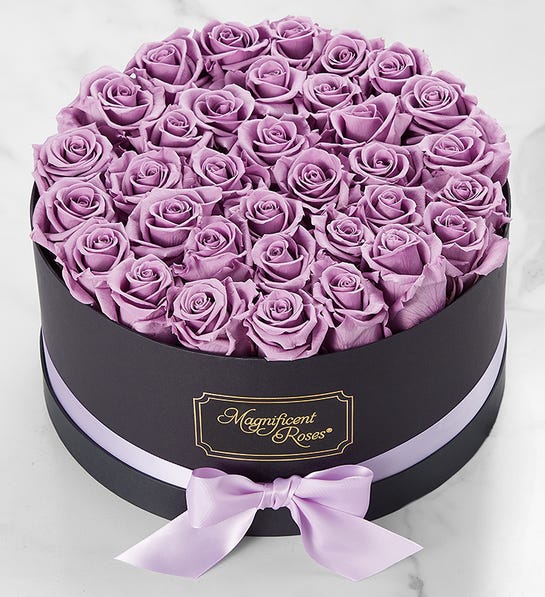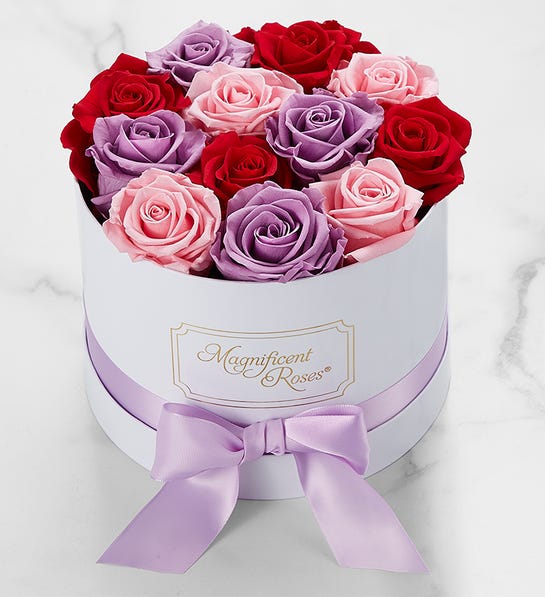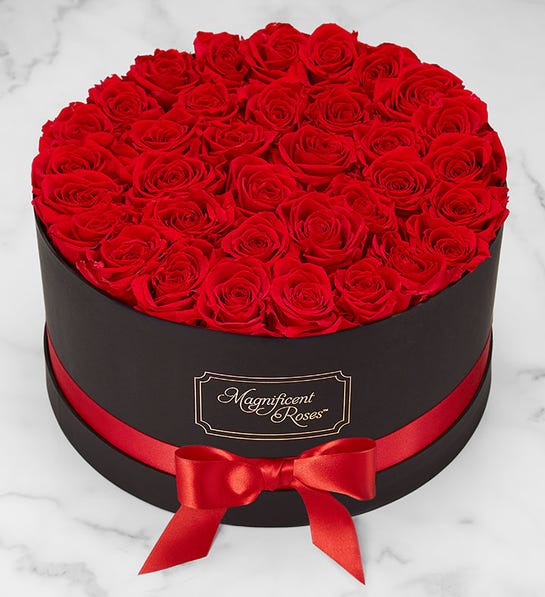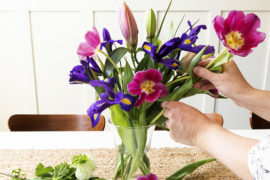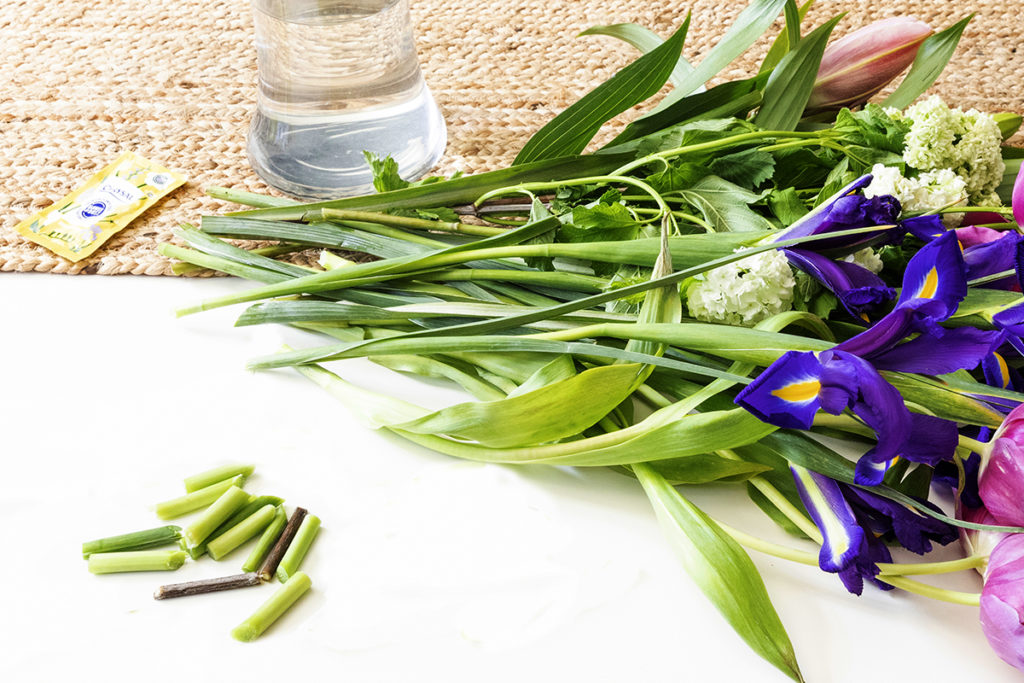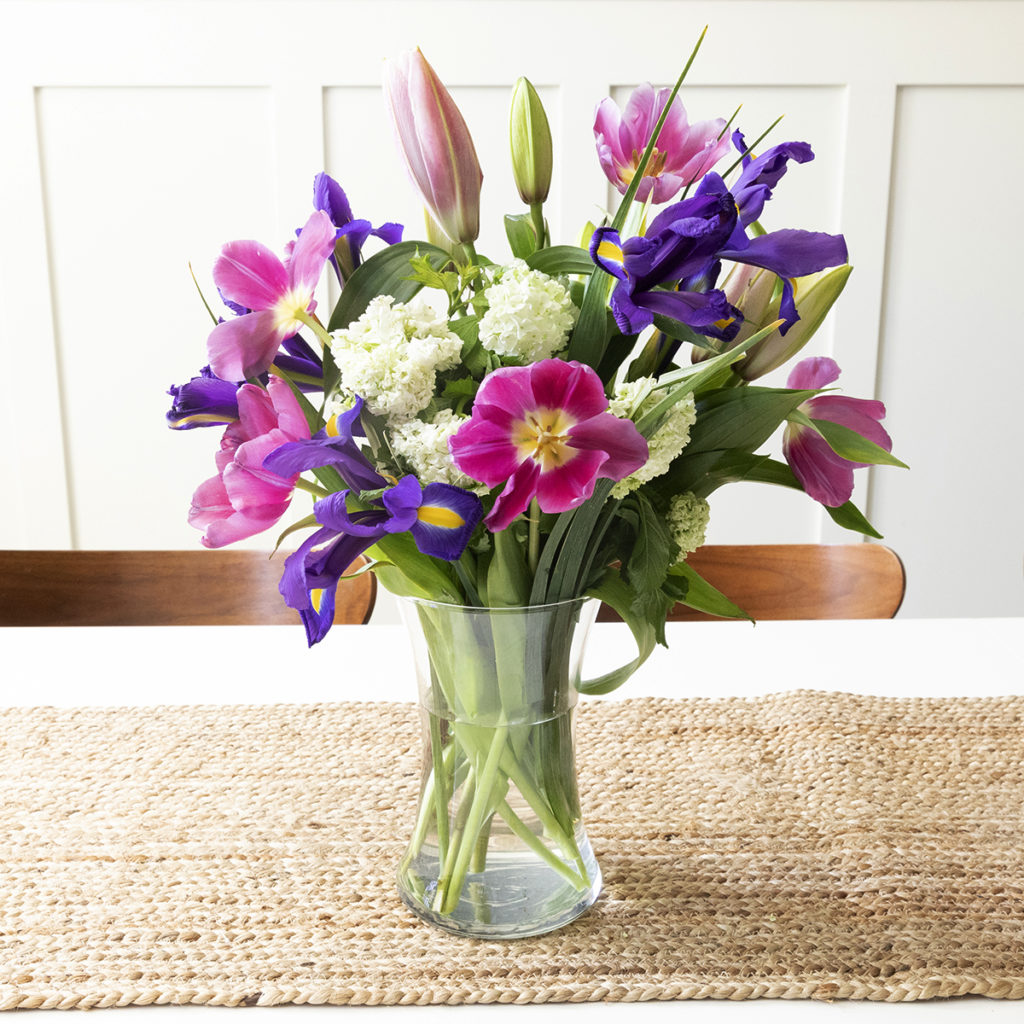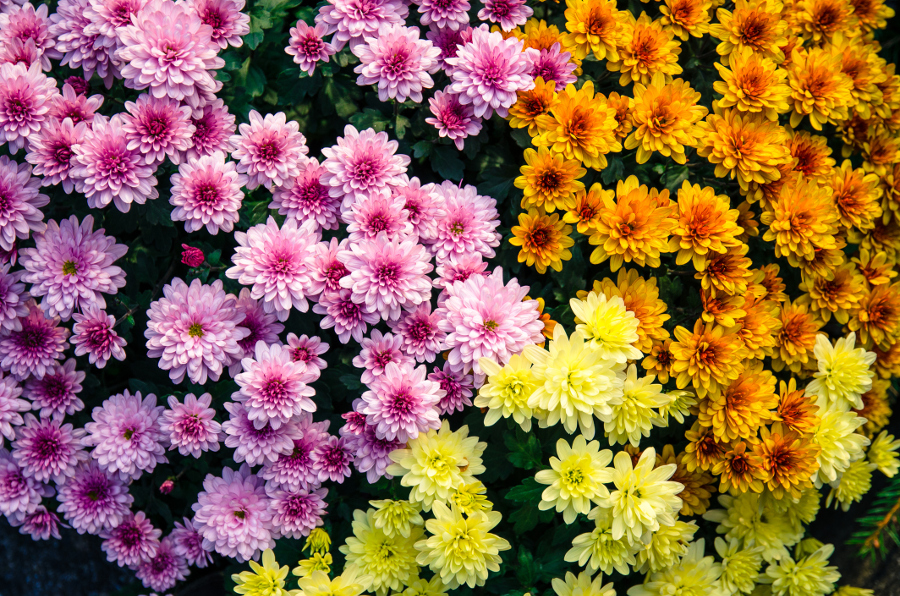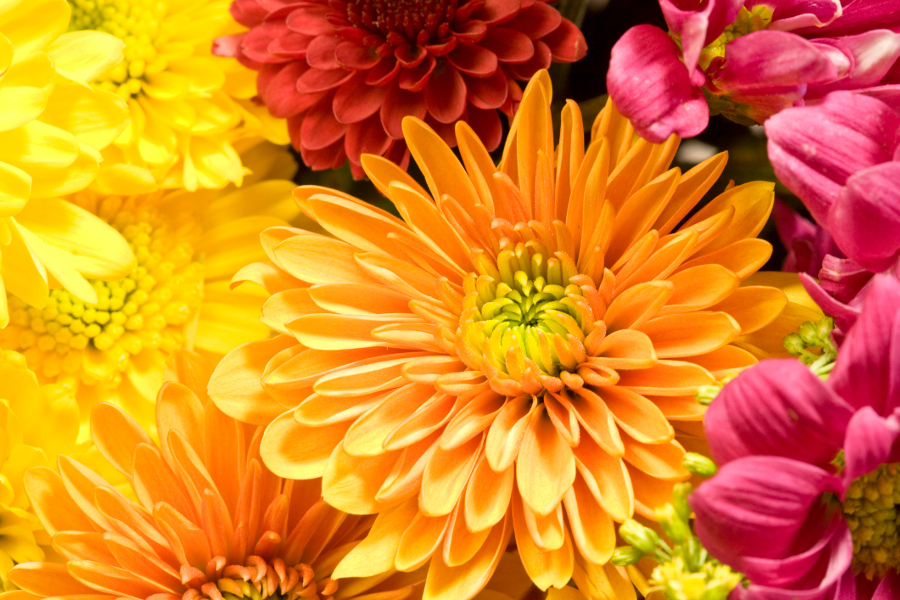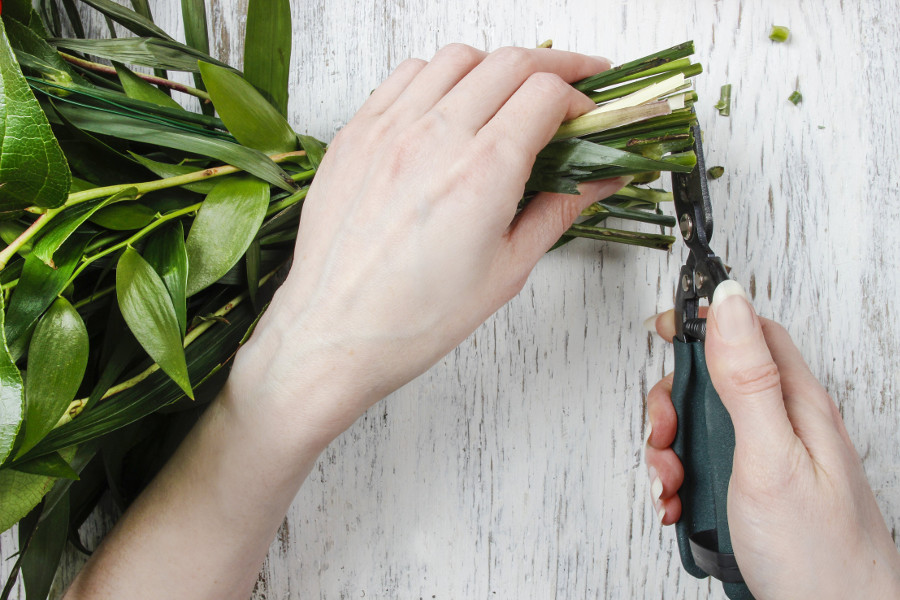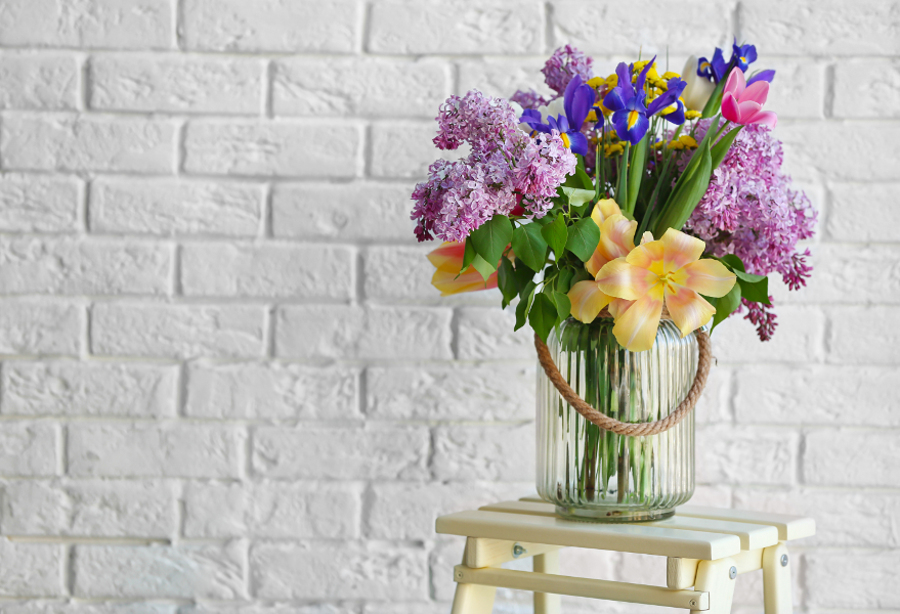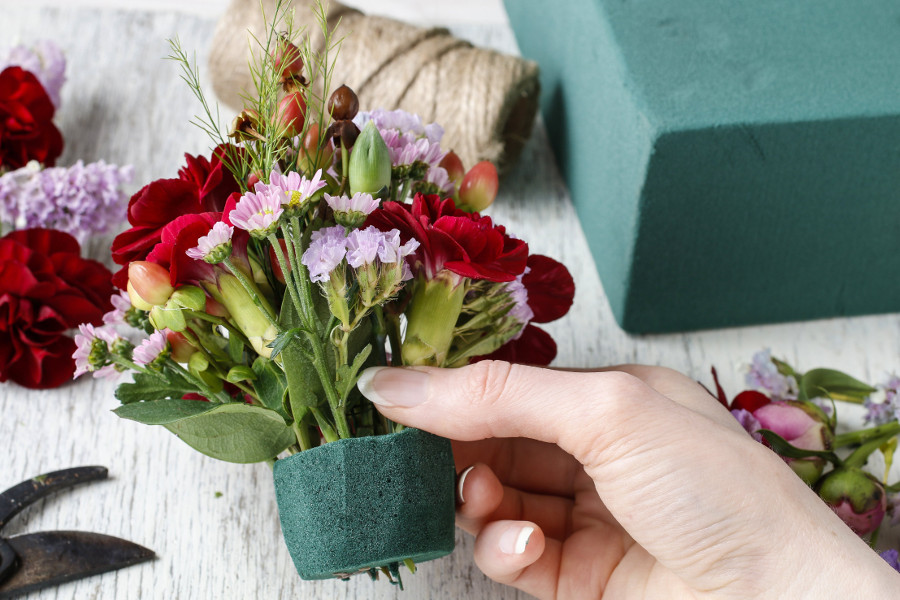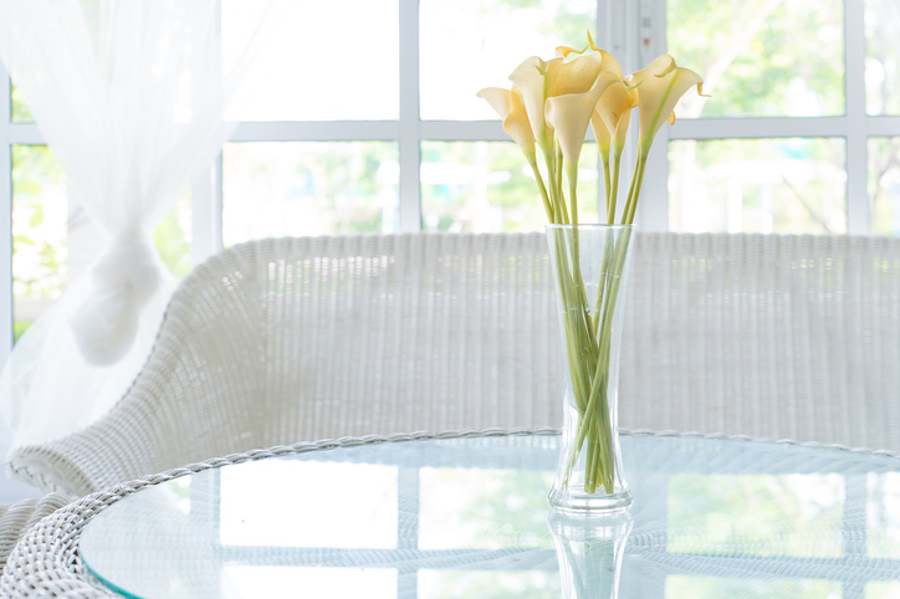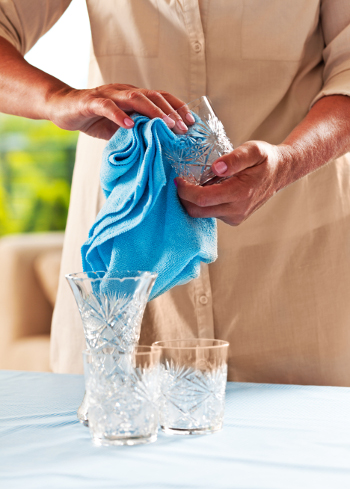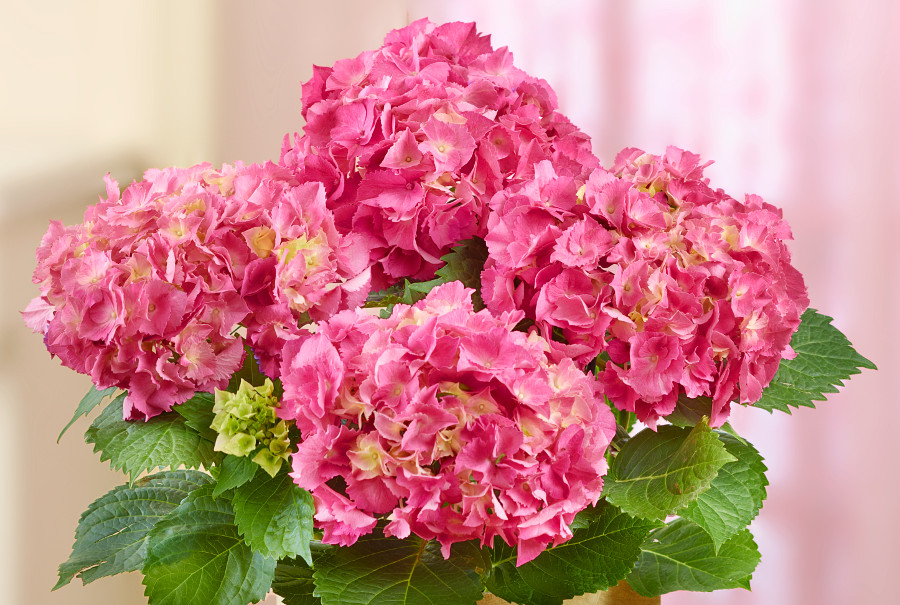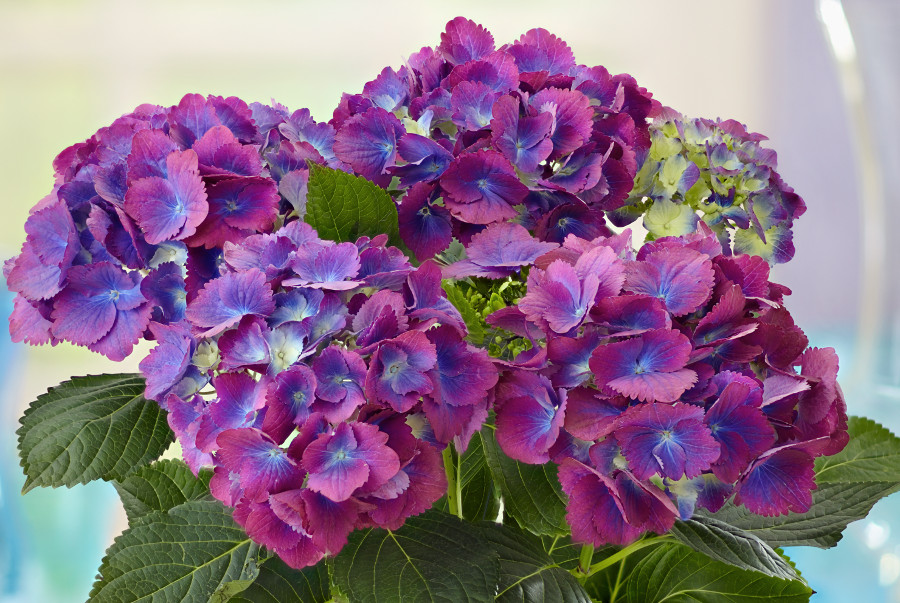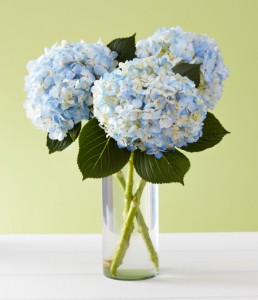Sunflowers come in a variety of colors and sizes, but the most familiar type is the annual sunflower that grows to 10-feet tall. It has thick, fuzzy stems, heart-shaped leaves, and bright yellow petals circling the flat flower head, from which small, fertile flowers bloom and develop into seeds that make for good snacking (read until the end to find out how to dry them yourself).
These beautiful, colorful flowers can enhance any garden or living space — if you take care of them the right way.
Growing sunflowers in a garden
You can grow sunflowers from seeds or small plants that you buy. They are either annual or perennial, depending on the variety and region where they are grown. Many sunflower varieties are perennial in USDA hardiness zones 4 to 8, and some are annual or grown as annuals.
Choosing the right spot
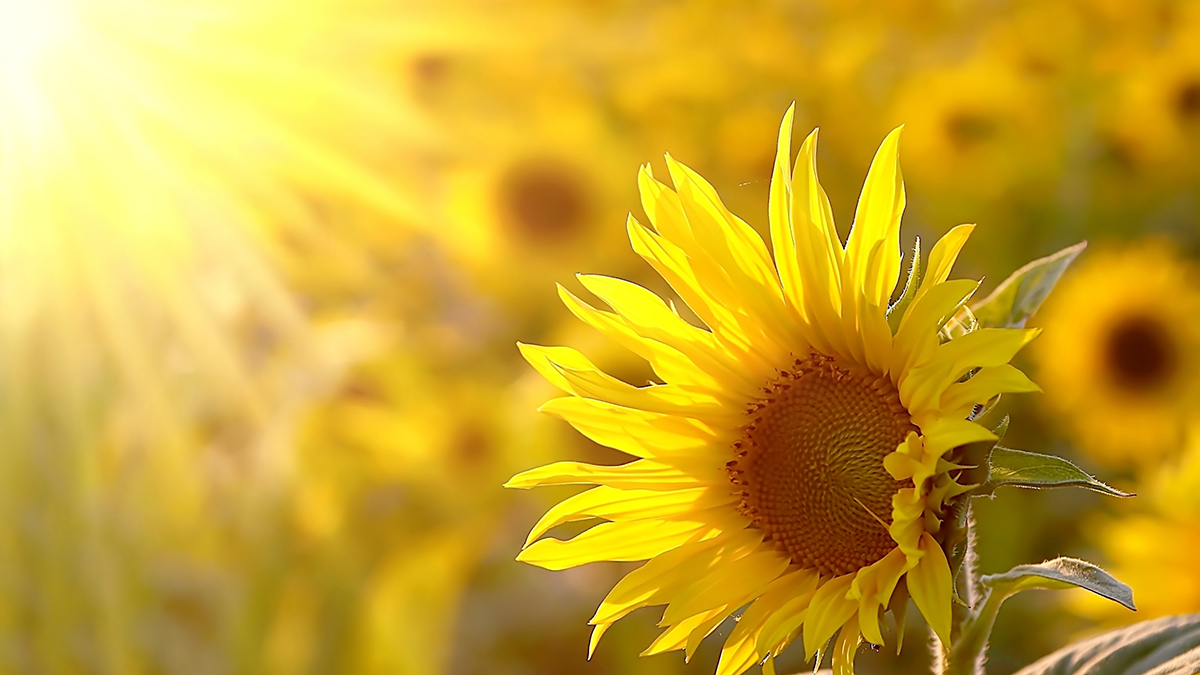
True to their name, sunflowers love the sun and will bend to follow it as it moves across the sky. Choose a spot in the garden that gets six to eight hours of sunshine a day. Tall sunflowers are stunning against a bright fence or wall, and shorter varieties, with smaller flowers in yellow, orange, maroon, or brown colors, liven up a sunny bed or border. They bloom all summer into fall, providing consistently bright colors to the garden as other flowers bloom and fade.
Planting your sunflowers
Your sunny spot needs to have loose, well-draining soil that allows the sunflower’s roots to easily grow down and establish strong support for the tall plant. If you’re seeding sunflowers directly into the ground, dig a hole 12 to 24 inches deep, and mix in some compost or other organic matter with the native soil.
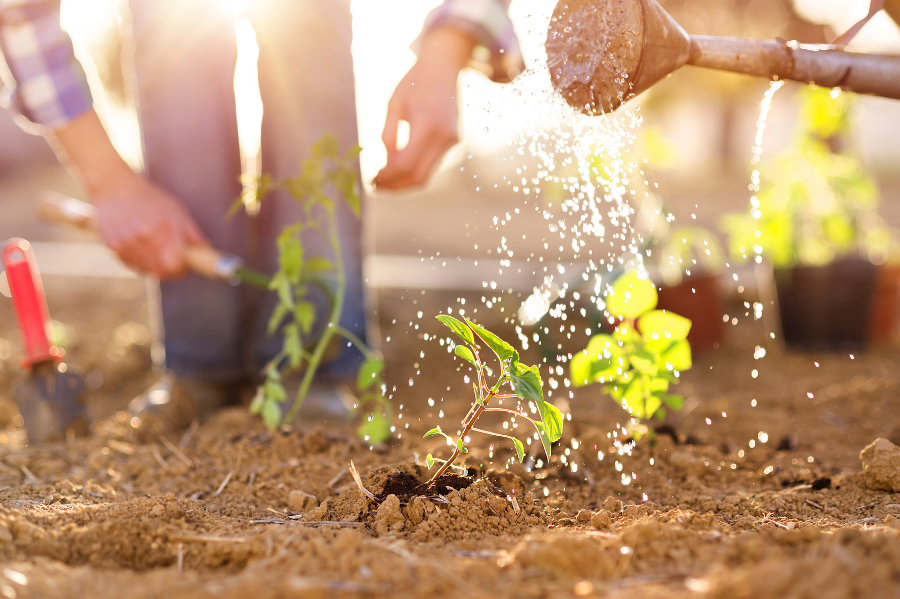
Plant the seeds two to three weeks before the last predicted frost. Drop them into holes 1 to 2 inches deep and water them thoroughly. You can plant multiple seeds to give yourself the best chance for a healthy crop; after they’ve grown to about 6 inches tall, thin out the weakest, smallest seedlings. Tall sunflowers will need to be thinned to 1 to 2 feet apart, but smaller varieties can be thinned closer together. You can gauge the best distance apart by how tall or branching your varieties will be.
If you want to start the seeds inside, plant them in a loose seed-starting mix five to seven weeks before the last expected frost. It will take them about seven to 10 days to sprout. Then, after the date of the last estimated frost, acclimate the seedlings to the cold weather by setting them outside a week before you want to plant them. Dig small holes and gently transfer the seedlings from their starting pots to the soil. Water them thoroughly.
Small plants bought at a garden center can be set in the garden in the late spring or early summer. Tall sunflowers should be set 1 to 2 feet apart; smaller varieties can be set closer. Water them well, and watch them grow.
Care after planting
Sunflowers don’t require a lot of care since they’re drought and heat tolerant, and resistant to pests. They are, however, heavy feeders. You can add a weak dilution of liquid fertilizer at planting to encourage good root growth, and then apply a liquid fertilizer monthly throughout the growing season. Sunflowers tolerate periods of drought, but they will be healthier and produce larger flowers if their soil is moist. When you water, stay a good 3 to 5 inches from the stems of the plants to prevent fungal disease. As an alternative, you can mix a circle of slow-release, granular fertilizer into the soil around the plants once in the spring.
Growing sunflowers in containers
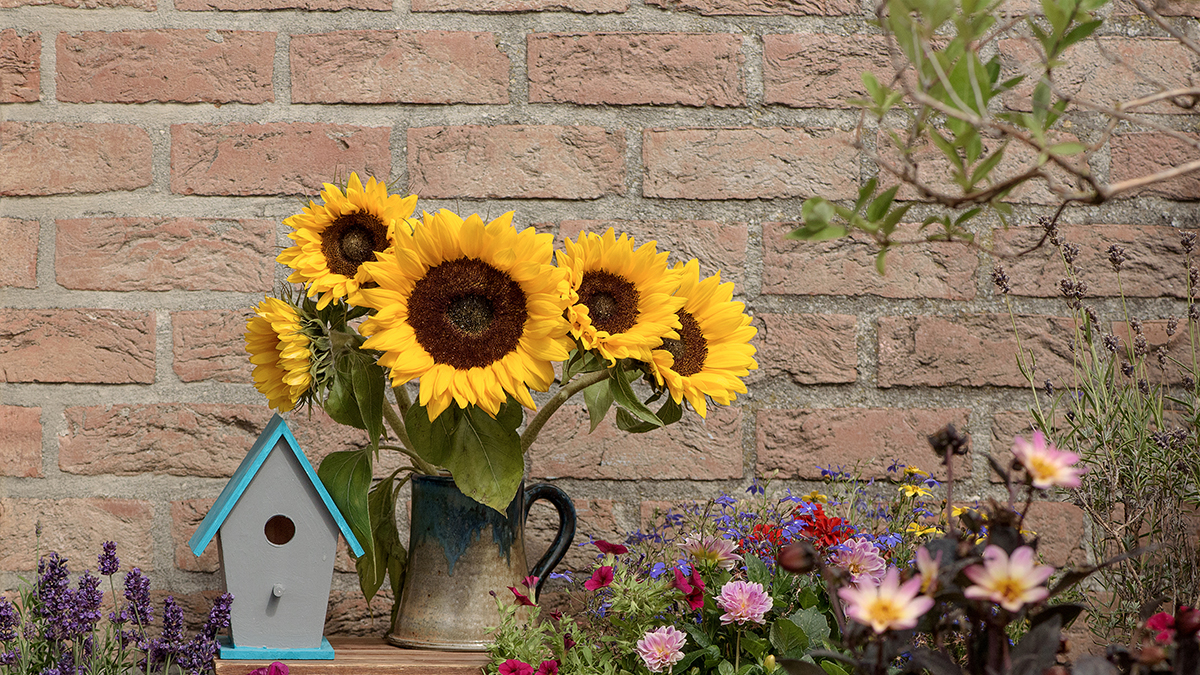
Shorter varieties of sunflowers can grow very well in containers. They will need a good-quality, well-draining potting mix and a big enough pot so that their taproots can develop. Sunflowers that grow up to 2-feet tall will need 10-to-12-inch pots, and those that grow to 4 or 5 feet or more will need 3-to-5-gallon pots. Make sure the pot is deep and has at least one drainage hole to keep the roots healthy and prevent root rot.
Set the pot in a bright spot that gets sun for a good portion of the day. When the soil is dry, water 1 to 2 inches down from the top. Fertilize with a weak liquid fertilizer two to three times over the spring and summer or work some slow-release fertilizer into the soil once in the spring. Take care to keep both the water and fertilizer away from the stems of the plant to keep them from developing a fungal disease.
How to prepare a cut sunflower
Cutting sunflowers early in the morning will give you the best chance for fresh flowers that haven’t wilted in the heat and sun. Use a clean, sharp knife or clippers and trim the ends at an angle before putting them in a vase.
Choose a clean vase that is tall enough to support the stems, and fill the vase with lukewarm water. The flowers should last about a week if you change the water every day. Keep them in a cool part of the house, away from direct sunlight.
Drying sunflowers for seeds
Sunflower seeds are a healthy snack for people as well as wild birds, and harvesting them from your flowers is a simple procedure. The traditional tall sunflower varieties with large flower heads are better for seeds than the new hybrids that have been developed for their smaller, colorful, ornamental flowers.

Toward the end of the summer, when the leaves are wilted and have turned yellow, and the petals are drooping and going by, the seeds should be brown and plump, and ready for harvesting.
Cut the stalks about a foot down from the flowers and either hang them up or set them out to dry for about five days. If they’re drying outside, be sure to cover them so birds won’t get to them before you do.
After that time, rub the seeds off with gloves or a tool, and collect them in a pan. Spread the seeds out so they are all exposed to the air and pick out any dried petals or leaves. Let them sit overnight to dry further, and voila! You have your own homegrown, healthy snack.
